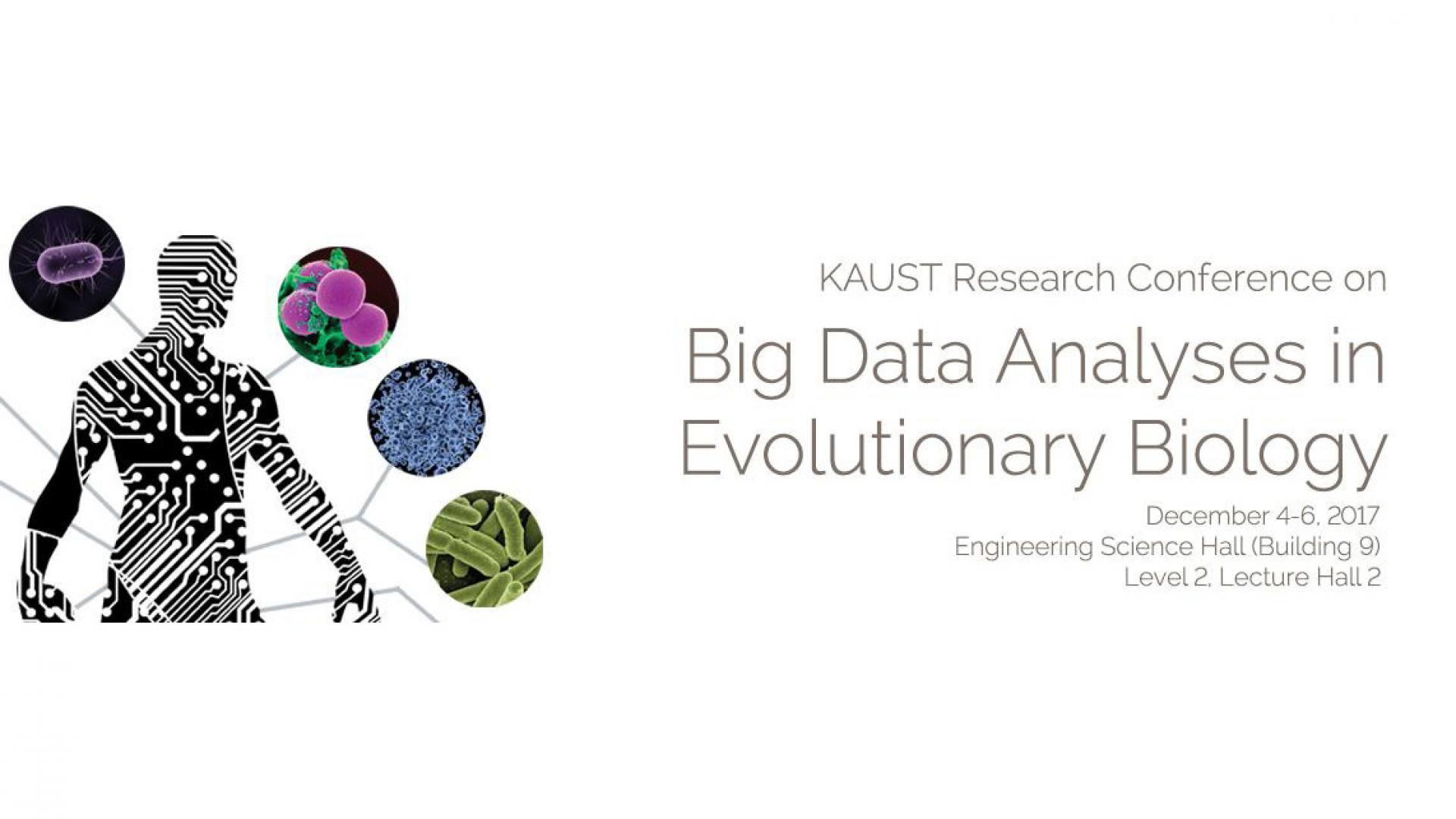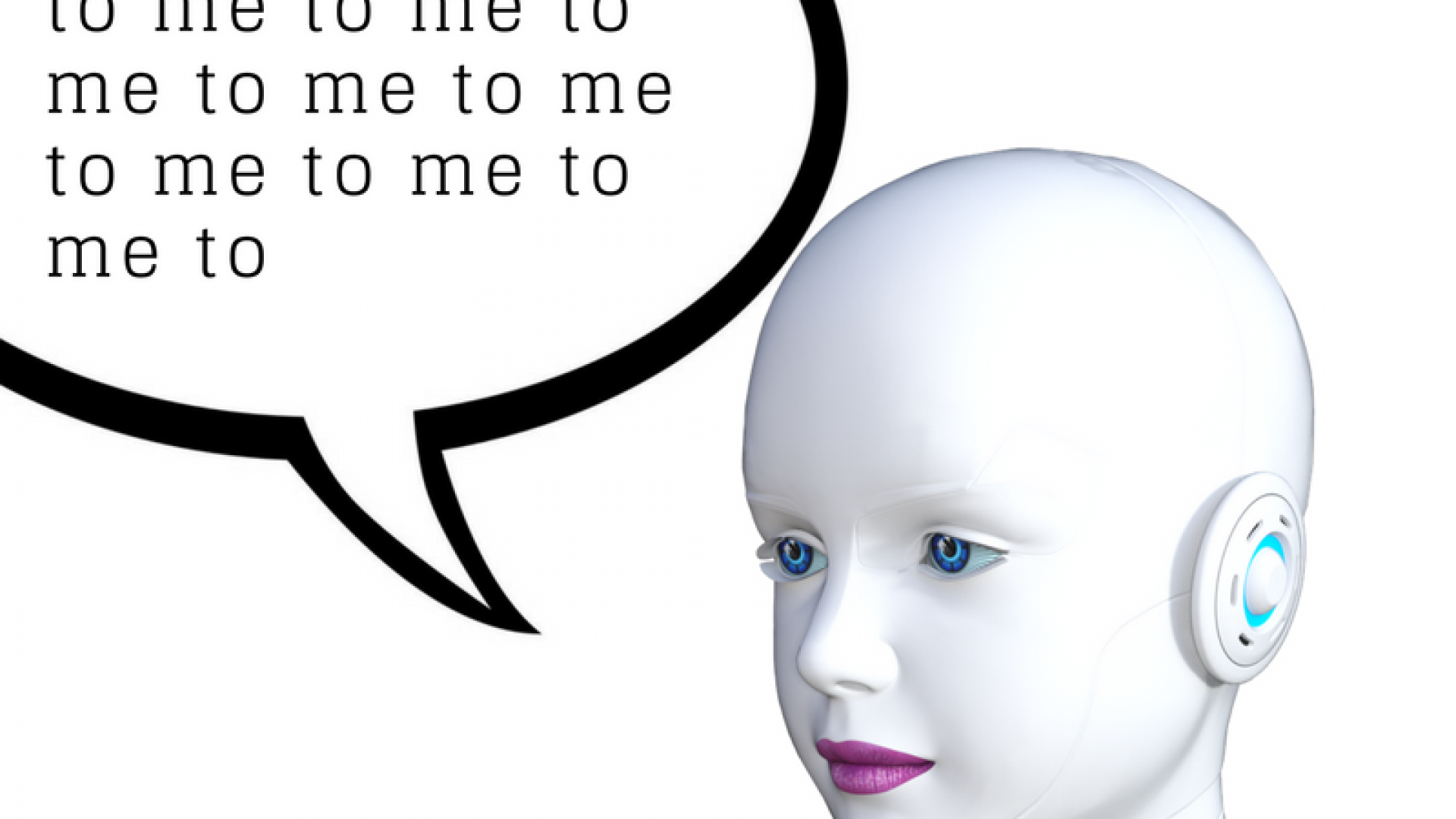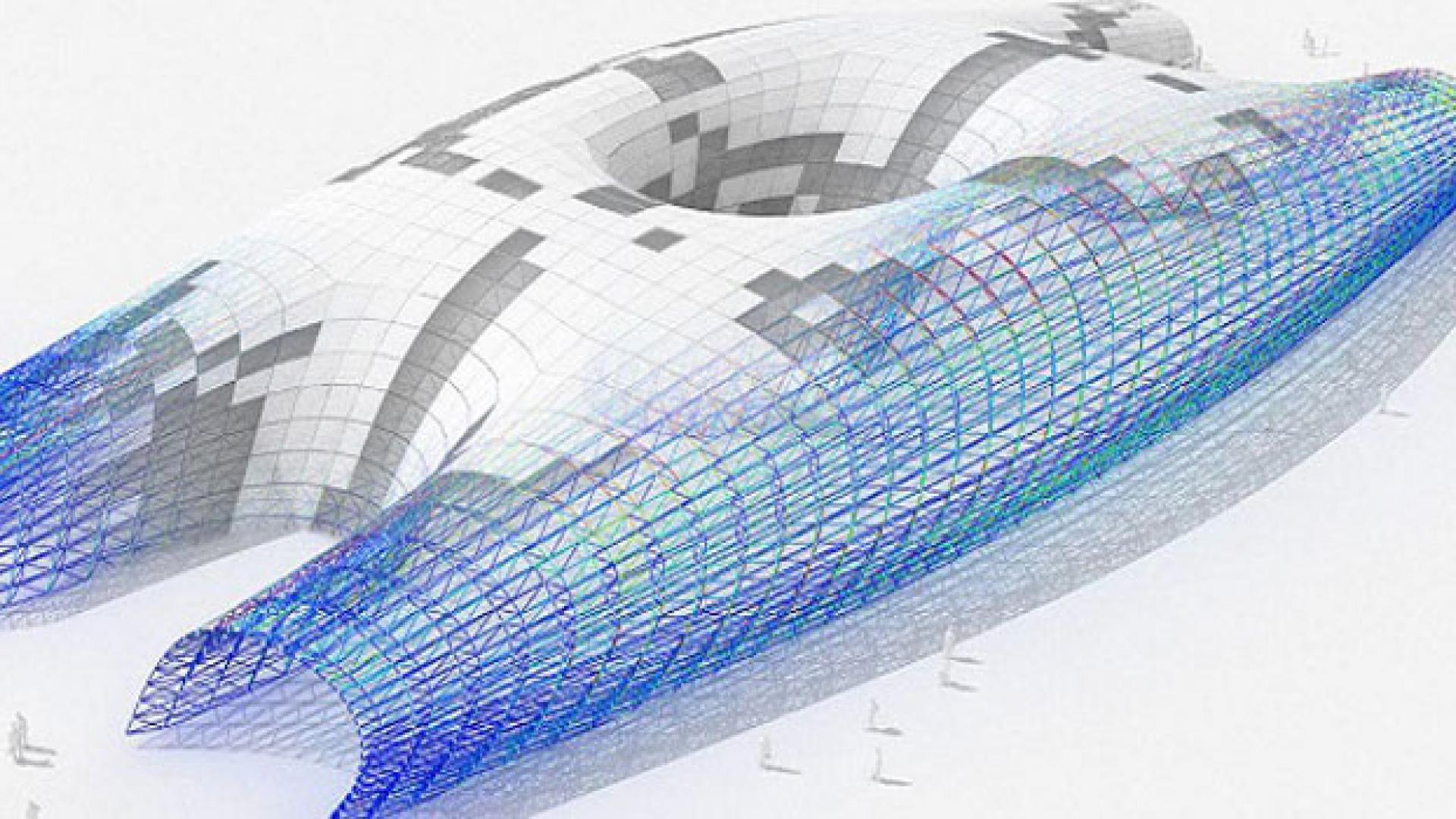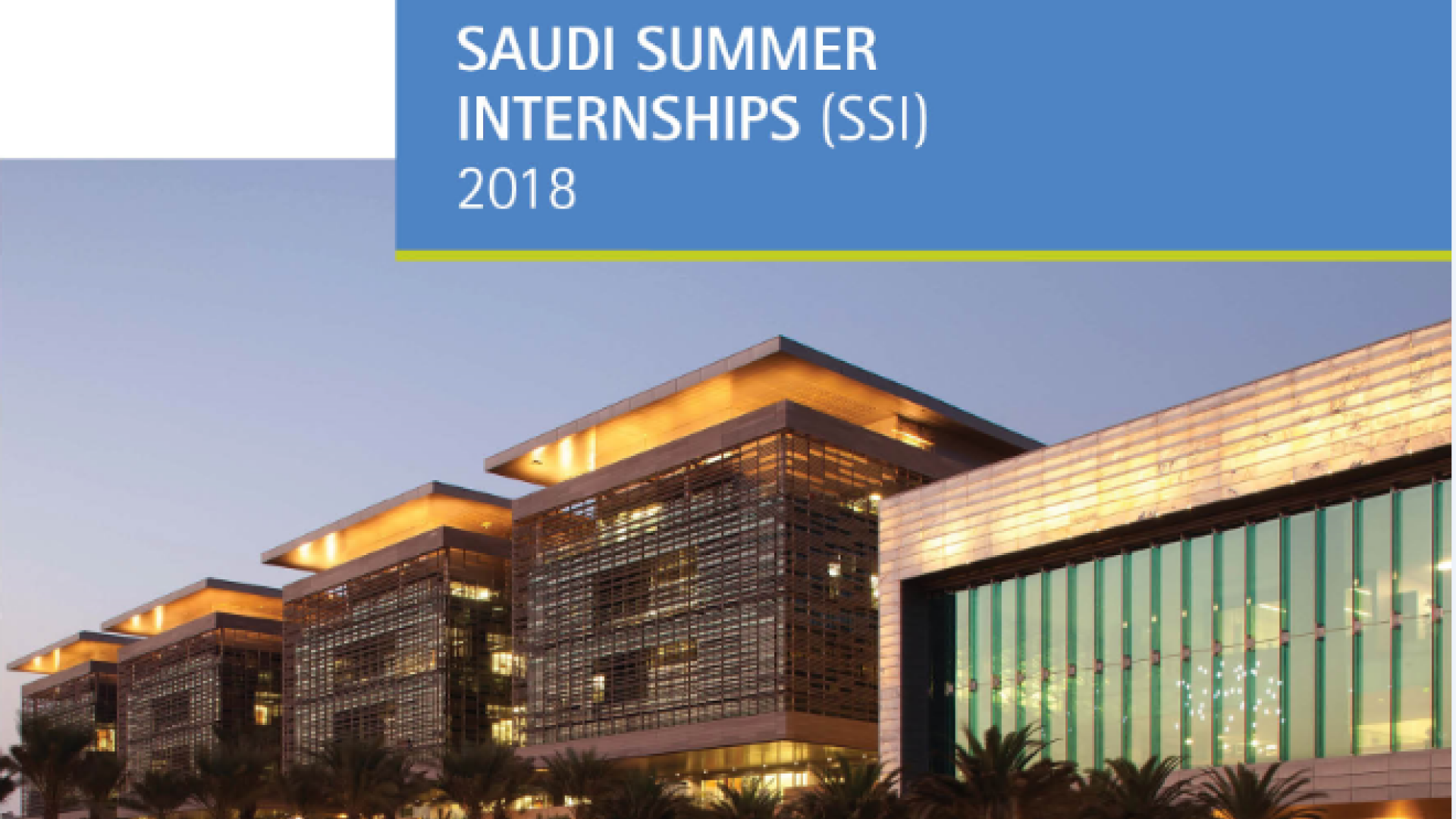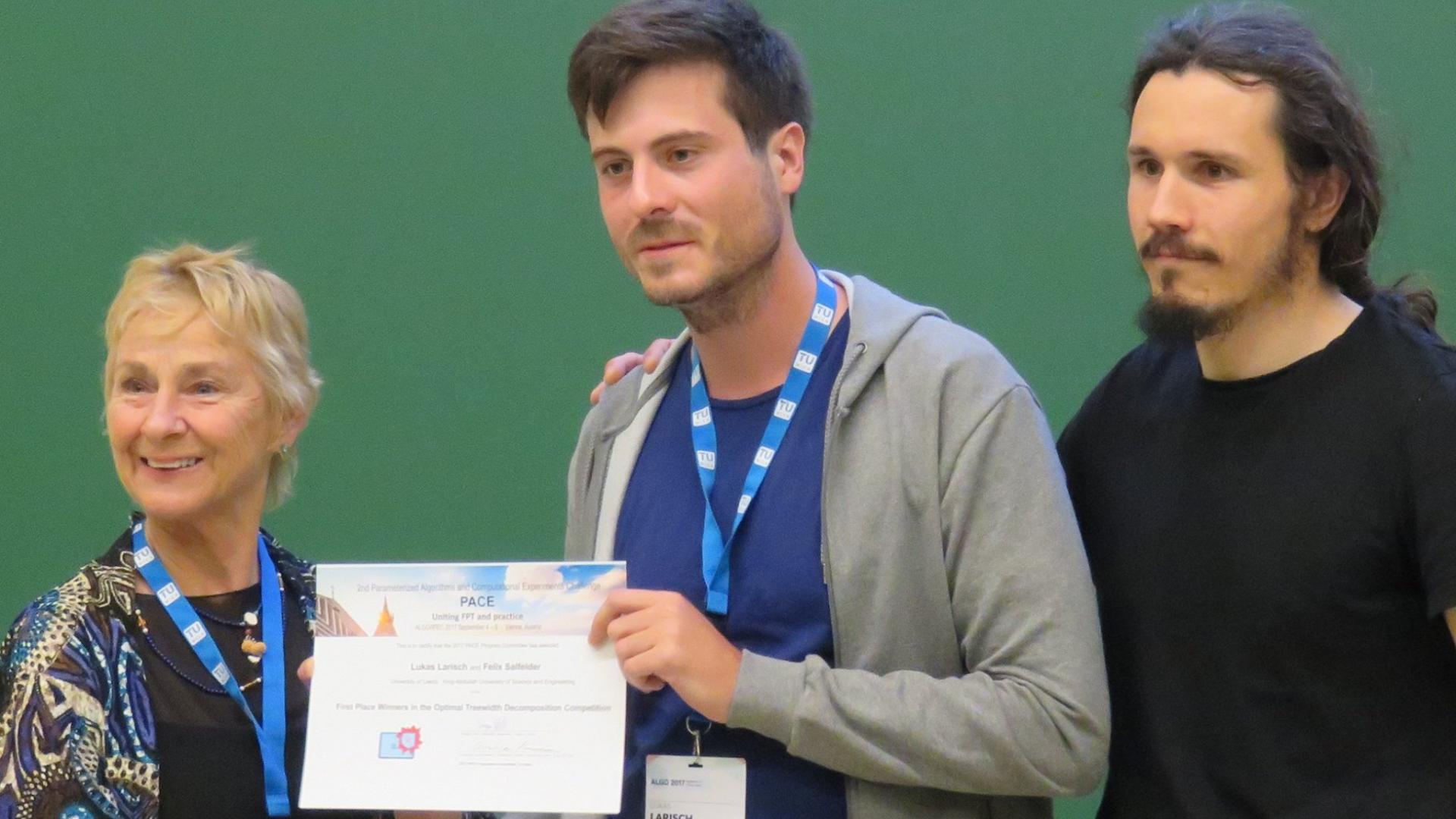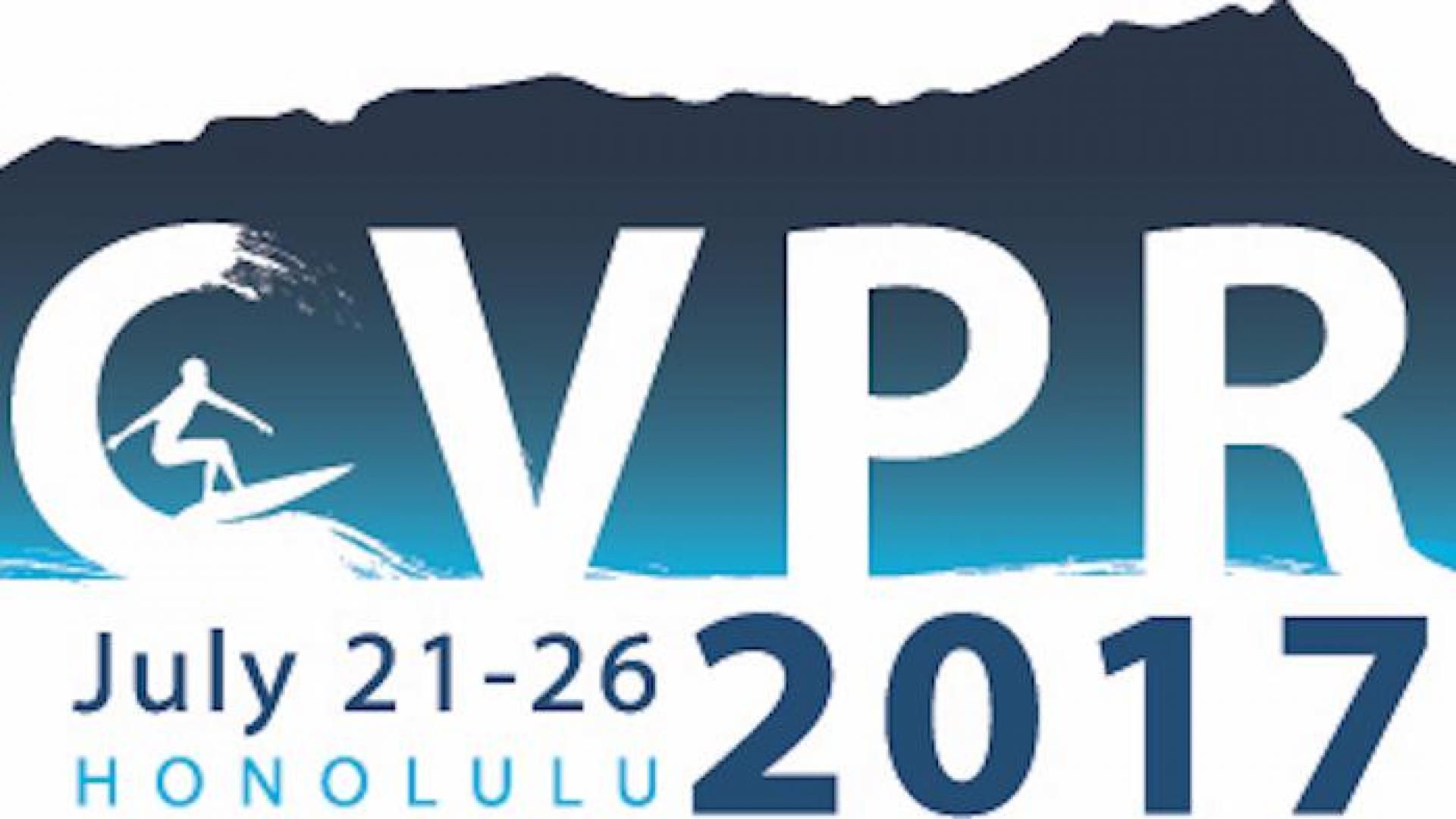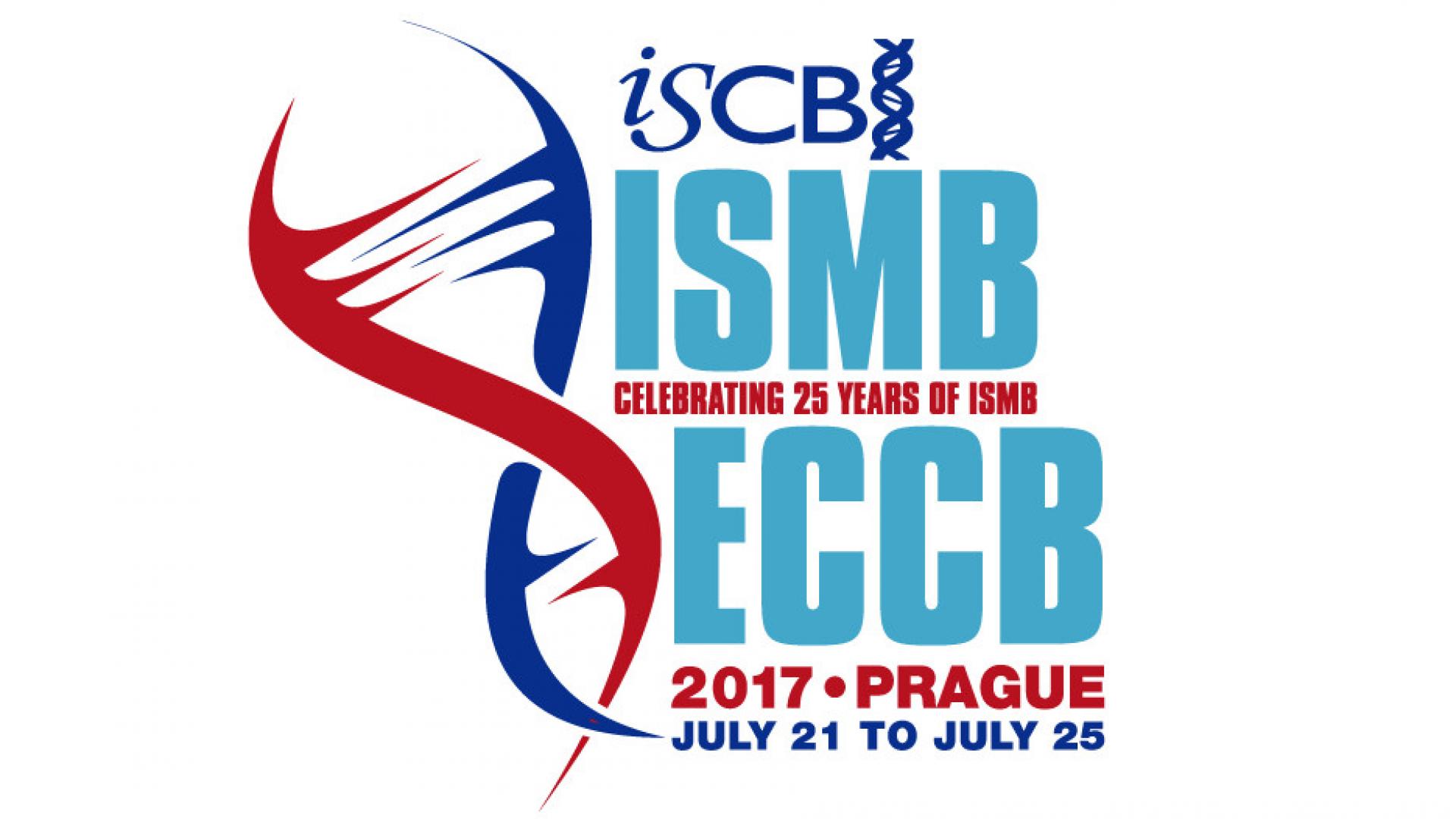Two students from the Bio-Ontology Research Group presented their research at KAUST Research Conference on Big Data Analyses in Evolutionary Biology.
Dominik L. Michels, Computer Science and Mathematics faculty in the Computer, Electrical and Mathematical Science and Engineering Division (CEMSE) and head of the Computational Sciences Group within the Visual Computing Center (VCC), recently received the first Procter & Gamble (P&G) Faculty Award.
The student will work on combining methods from Symbolic Artificial Intelligence (formal logics, rule-based systems) with machine learning and statistical approaches to data mining, and apply these methods to biomedical datasets. Major application areas include understanding molecular mechanisms underlying traits, phenotypes, and disease, and identifying ways to perturb biological systems through bioactive compounds (drugs).
That is not a Messenger troll, but the actual conversation between two chatbots by the Facebook AI Research (FAIR). The two robots, Bob and Alice, were thought the art of negotiation apples and books. They had been instructed to work out how to negotiate between themselves and improve their bartering as they went along. But, after leaving the pair alone, they start talking in this uncompressible but yet effective vocabulary.
Professor Robert Hoehndorf will be a guest speaker at the upcoming Science to Watch Film and Forum.
A new computational framework marries ideas from computer graphics with civil engineering to reduce times and costs of constructing frame-based structures.
The Division of Computer, Electrical and Mathematical Sciences and Engineering (CEMSE) is pleased to announce the Saudi Summer Internship 2018 (SSI2018). The CEMSE Saudi Summer Internship is an 8-12 week research program designed to introduce in-kingdom students to topics of research in our Division.
Prof. Ghanem gives an invited talk on learning to detect human activity in untrimmed video at GTC Europe 2017
Billions of liters of fuel travel every day along an intricate network of pipelines. Reports show that 15 thousand kilometers of infrastructure exist worldwide, with more than a third being underwater. Efficient real-time monitoring is the next frontier to achieve improved industrial productivity and prevent environmental accidents.
Lukas Larisch, a KAUST Ph.D. student in Computer Science working under the supervision of Professor Gabriel Wittum, won the PACE 2017 Parameterized Algorithms and Computational Experiments Challenge. The award ceremony that took place in Vienna, Austria, at the beginning of September this year has been held during the ALGO Congress at the International Symposium on Parameterized and Exact Computation (IPEC 2017).
An underwater wireless optical communications system for streaming high-quality, live video.
Sifting through huge amounts of data may bring a better understanding of whale shark social structures, protein targets for drug therapies and disease-causing genes.
IVUL hosted the 2nd annual ActivityNet Large Scale Action Recognition Challenge during CVPR 2017.
Meet members of the BORG at ISMB/ECCB this year in Prague. We will present one tutorial on ontologies in biology and biomedicine, one poster presentation at the Bio-Ontologies SIG, one flash talk at the Function SIG, and one oral presentation in the Variant Interpretation SIG.
With the recent emergence of software-defined networking, which brings programmability and lowers the barrier for new functionalities into networks, the academic and industry communities have become very interested in the problem of network verification.
